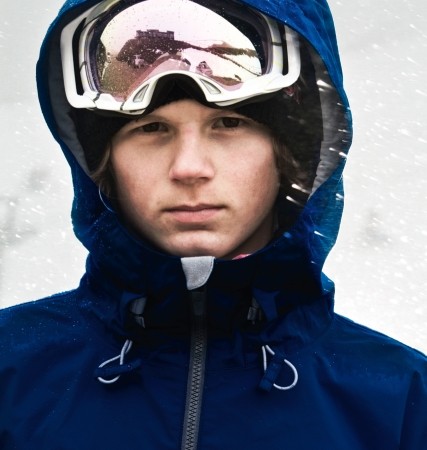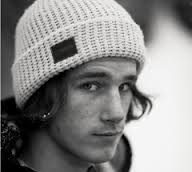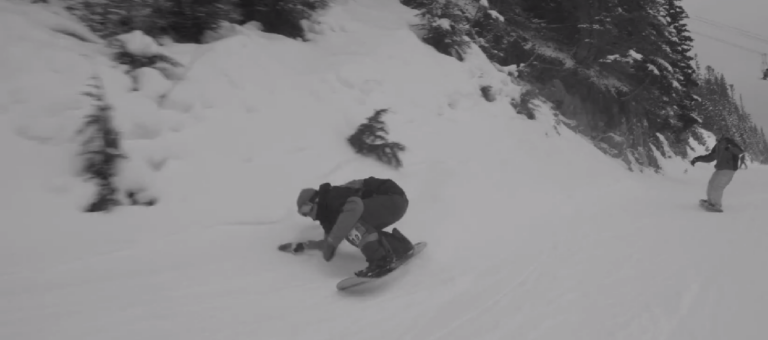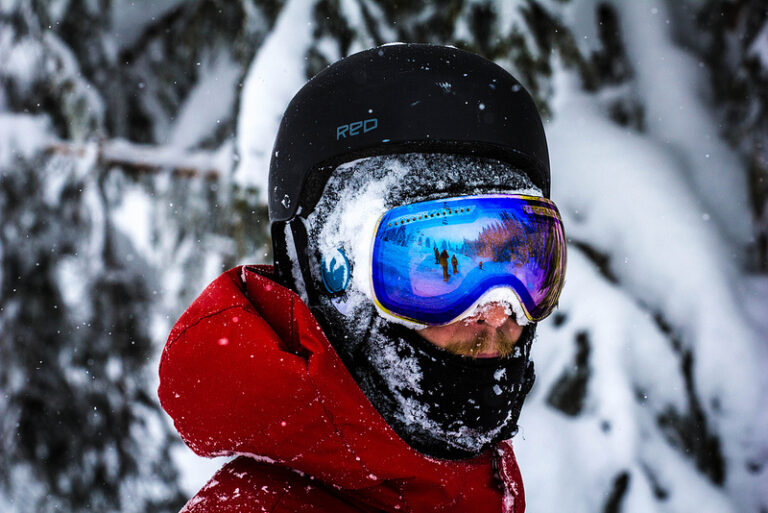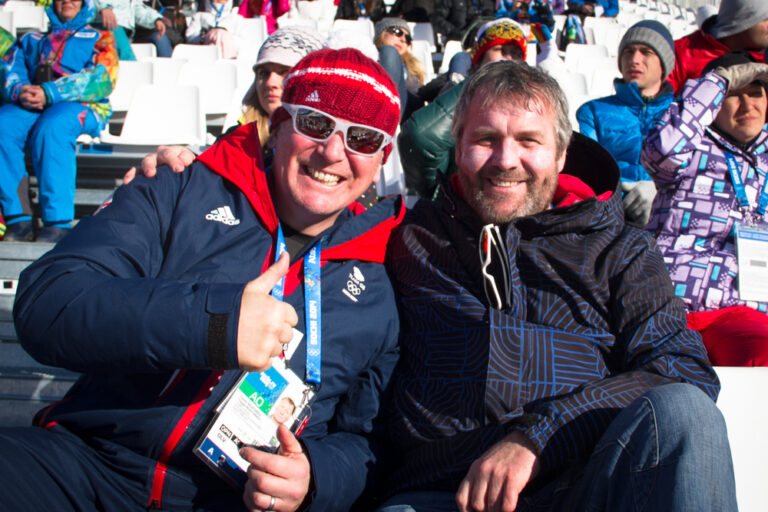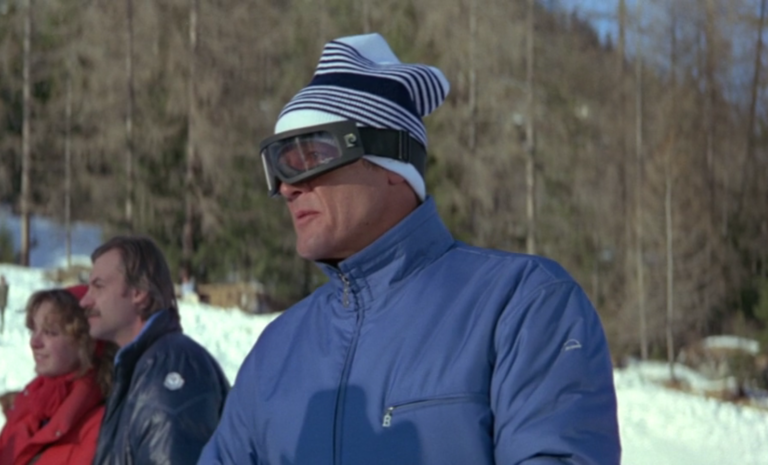Slopestyle. The word might sum up images of trendy 80s ski chic, shades and neon sunscreen, but in the upcoming Olympics the world will hopefully learn the true meaning of the word.
A new event for Sochi 2014, but far from new in the world of snowboarding; it originated from a variety of different competition formats from the 90s and is still being refined today with rules and course designs being changed year on year.
For non-snowboarders it could be one of the more confusing events from Russia to watch; think ski racing combined with dressage on steroids, and it packs a bewildering bag of unique terms and phrases to boot.
Don’t worry though, it promises to be one of the most exciting events on offer at the Olympics, and if past snowboard competitions are anything to go by one of the few where the athletes will be having some genuine fun.
What is slopestyle?
Snowboard slopestyle is a discipline where riders make their way down a shaped course, hitting obstacles and trying to do the hardest tricks for the highest score.
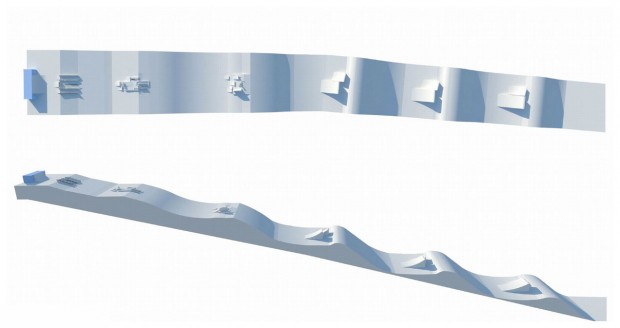
The slopestyle course at Sochi 2014 will consist of 6 course features split into two categories: jibs and jumps. In snowboarding, ‘jibbing’ is any trick where the rider comes into contact with an obstacle during the course of the trick. The Sochi course has three different jib ‘modules’ where each rider can choose his or her own unique line to slide and tap across and down different gaps, rails and bonks, choosing a balance between performing safe tricks that’ll get them to the bottom or harder ones that will score better.
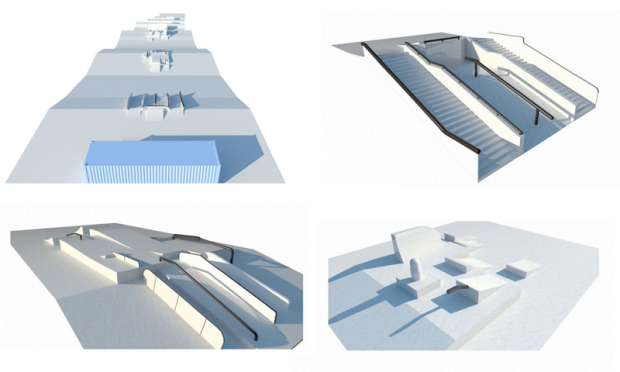
Expect to see riders spinning, and maybe even flipping, going onto and coming off each feature, using their boards and/or arms to make contact with the features pictured above. Whilst the crowd pleasing jumps are the most talked about aspect of a slopestyle run its important to remember the jibs make up an equal component of the run score; a fall on a rail can drastically mark down a the final points tally.
The other three features will be simple jumps made out of snow, two measuring 18m in length and one 22m from take off to the minimal safe landing zone. Designed to send riders up into air for maximum ‘air time,’ they are designed to be as safe as possible, assuming the rider doesn’t under or overshoot them. British snowboarder Jamie Nicholls perfectly demonstrates how to hit the ‘sweet spot’ below with a backside 900.

There will also be smaller jumps next to each take off, known as ‘girlfriend’ jumps to snowboarders. The ones at Sochi will measure 15m, 15m and 19m down the course, but it’s likely that all the men and the highest scoring women will simply ignore these.
Scoring
Like in halfpipe, the Federation International de Ski (FIS) is in charge of judging slopestyle at the Olympics and they plump for the ‘overall impression’ method of judging a run. This is a score out of a hundred taken as an average from six individual judges who come take into account several factors for each rider:
Amplitude – Different from halfpipe as in this case bigger isn’t considered better, instead landing safely on the ‘sweet spot’ of each landing will increase your score. Finding the largest gaps between different jib features will give a certain ‘wow factor’ and could increase a score.
Difficulty – Different tricks are harder than others, increasing points. Grabbing your board whilst spinning in the air is standard and maximises your score.
Execution – Control and style, riders aim to keep their runs as tidy and slick as possible. Things that bring this score down include flapping your hands, grabbing your boots rather than your board, landing badly or reverting your board whilst riding out. Or falling over, don’t do that. Below Norwegian rider Torstein Horgmo demonstrates how to hit a jib feature with style.

Variety – In essence, do a different trick on every hit, spinning different ways (backside, frontside, cab and switch backside) off of each jump and mixing up which grabs you choose are a sure way to max out a run.
Progression – New tricks or unusual versions of existing tricks (different grabs, tweaks etc.) should be rewarded with points, and points mean prizes!
Riders To Watch
Odds on favourite to take the gold would have to be Canadian Mark McMorris; in the last couple of years he has dominated the international circuit as well as being the first to not only land a backside triple cork but the first to bring it to a slopestyle competition. His Quebecois team mate Sebastien Toutant will be hot on his heals; some argue that while he lacks the wow-factor of McMorris’ bigger tricks, he is the worlds best rider in terms of technique, boasting a super-clean style as well as one of the biggest bag of rail tricks in the field.
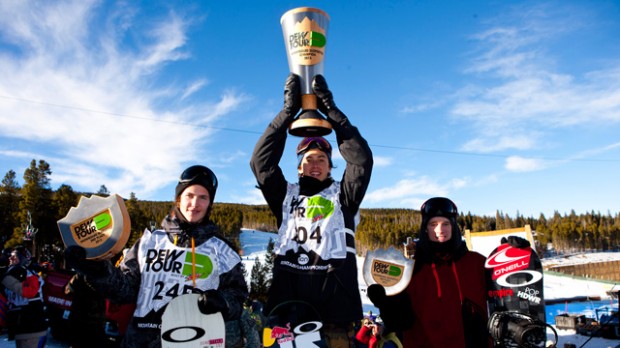
They will however face stiff competition from the Norwegian team. Whilst no one seems to want to put their money on which Nord poses the most threat, the general agreement is that Stale Sandbech, Torstein Horgmo and Gjermund Braaten are all serious medal contenders.
The American Shaun White shouldn’t be discounted, although his recent preference for the halfpipe means he’s lacking slopestyle experience compared to his competitors. But with serious investment from his sponsors El Blanco has been shut up in top-secret training facilities learning new tricks for the games and managed to qualify in first for the US team. For the women, Jamie Anderson is firm favourite, boasting style, experience and a varied bag of tricks to choose from.
For the UK we have two men; Billy Morgan and Jamie Nicholls, and two women entered; Jenny Jones and Aimee Fuller. Both Billy and Jenny have proven multiple times in the past that they have what it takes to perform on an international level, whilst Jamie and Aimee have the style and energy to make an impression at Sochi.
For a more ‘in depth’ (ahem..) look at men’s slopestyle contenders, see our special guide through this link.
Tricks to Look Out For
An explosion in progression over the last few years has seen the standard of tricks we can expect from the Olympics explode. Double corks, tricks where a rider spins horizontally and vertically so that they go inverted twice off the same jump, are now standard at this level; all riders will probably incorporate multiple versions into their runs. Common ones are frontside and backside doubles cork 1080s (different initial spin directions resulting in going upside-down twice during three complete spins), cab double under-flips (taking off switch into two complete backflips facing down the slope before riding out regular) and double rodeos (two complete back-somersaults whilst turning 180 degrees facing back up the slope), demonstrated below my Mark McMorris.

The tricks on everyone’s minds come next month though are going to be triple corks. Relatively new to the world of snowboarding, only twenty or so riders worldwide have landed a version of one but the majority of them will be present at Sochi. Torstein Horgmo did the world’s first, a frontside version, and has the most varieties, but Mark McMorris seems to land them more regularly and Max Parrot was the first to land back-to-back versions in competition.
However, in our opinion at least, Billy Morgan has the most stylish version of a backside triple cork 1440 (three inverts with four complete horizontal rotations) and landing one in Sochi will be his best bet for a medal. You can see his first attempt in the video below.
Whatever happens in Sochi this year, you can be sure it’ll be a show to watch, so make sure you tune in on time using our scheduling guide, found here.




